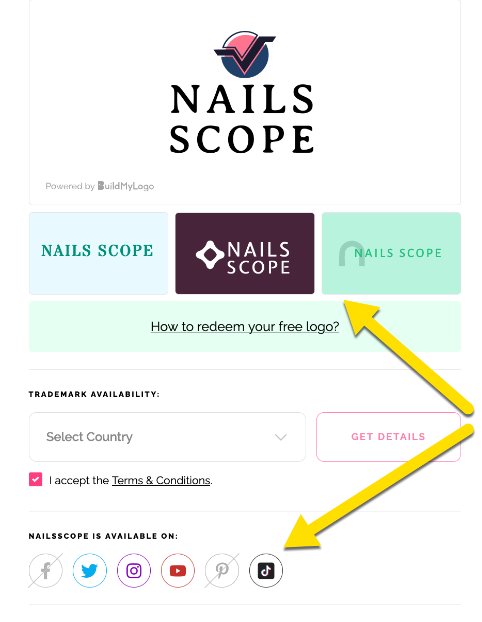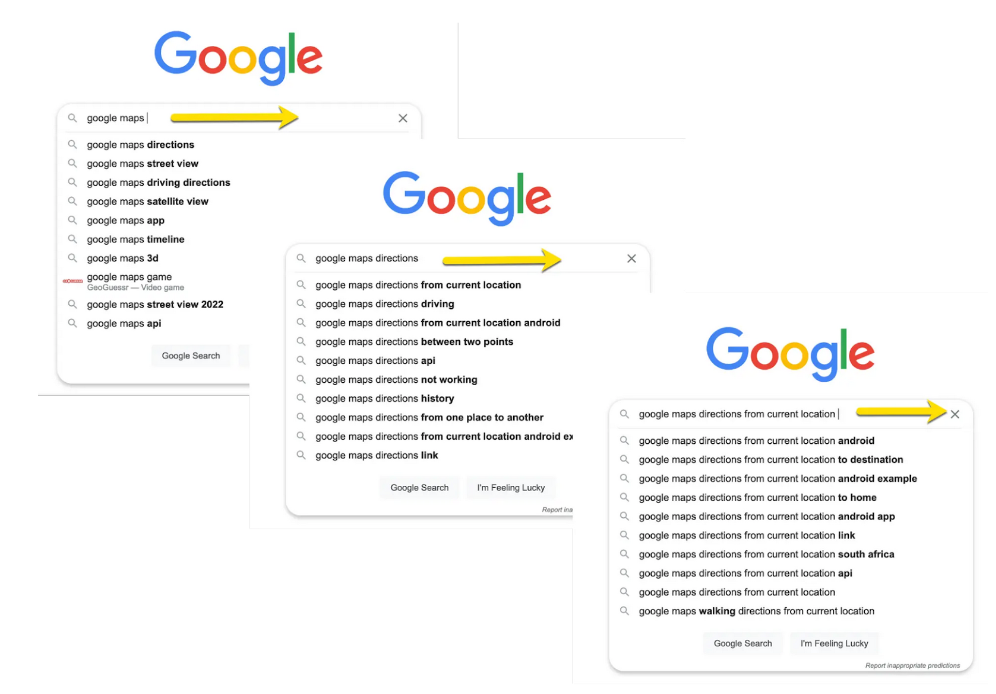With the rise of social media marketing, everybody has been eager to jump on the bandwagon. And although a lot of the conversation is on social networks, is it really the only answer to marketing a startup?
Enter search engine marketing (SEO). With the world’s largest search engine having already become a legit verb (“Google it”), search engine marketing is definitely something worth checking out after you’ve scrubbed the social media glitter out of your eyes.
Search engine marketing aims at putting you on the number one slot of your target search results page. In other words, SEO helps you gain visibility that would hopefully increase direct and relevant traffic to your site.
Search traffic is nothing startups can ignore.
A staggering 93% of global web traffic is driven by Google, according to Forbes. GrowthBadger reports Google drives eight times more traffic than all social media platforms combined.
Of course, traffic is not the only success metric for a startup to focus on. There’s also brand awareness and direct (non-website-driven) sales. Social media is great for building both.
With these reports, however, we can safely assume that search is still one of the top things that people do online.
People use search engines to find out about things that interest them based on their lifestyles. They also use search engines when they are looking to buy a product or service. However, what’s also worthy of note is that oftentimes search results display pages or videos from social networks such as Facebook, Twitter, or, naturally, YouTube.
Social networks provide user-generated content and search engines crawl, index and filter them as results for specific queries.
With Small Business Digital Ready, you gain access to free events hosted by industry experts. Plus, get opportunities to network with peers in your area.
Search vs Social (Organic)
When it comes to organic search and social for startups, here are a few differences you need to keep in mind.
| Organic search traffic | Organic social media traffic | |
| Growth speed | Do not expect quick results, even for brand-driven searches. After consistent SEO-driven content development and some forms of link building, the results will start to be visible with 6 months | With consistent strategy, traffic may start coming within a month or two. This includes inbound tactics (consistent high-quality social media content publication) and outbound tactics (collaborating with influencers, following, outreach, interactions). |
| Growth potential | Steady accumulation that won’t go away immediately even if you pause all the activity. | Quick accumulation which will go away as soon as you stop investing time into it. |
| Control | SEO can be unpredictable: You can lose a good part of your visibility for no obvious reasons. The fact that there’s only one platform to rely on (Google) makes brands vulnerable to its whims. | You are in control unless you stop. If you invest time into cross-channel social media visibility (instead of focusing on a single network), your brand is pretty safe, even if you lose one of the platforms. |
| Brand awareness* | Lots of brand awareness potential over time (from organic search and special features, like video packs and featured snippets). It takes a lot of time to gain more control over target SERPs. | Lots of brand awareness across multiple channels. You can achieve some recognition pretty quickly. |
In a nutshell:
- Both channels require hard work
- Both channels are necessary for solid results
- SEO focused on a single channel (but that channel drives the majority of web traffic globally), social media is safer if you invest in multiple channels.
With this in mind, how can you concoct the perfect mix of search engine marketing and social media marketing in order to create the ideal marketing strategy for your startup? Here are a few tips for starters:
Have a Working Website
Before anything else, have a permanent and presentable online residence. We all have experienced searching for something and clicking on one of the top results, only to be annoyingly directed to a 404 error page.
Before you even worry about being findable, first give your market something to search for. Starting a website is like starting a brand: Make sure you start building recognizability from day one, even if you don’t have a lot of content yet.
Come up with a name, register your social media accounts (to secure that name) and link all of that together. Namify is a great tool for that (and a free one) allowing you to find a brand name, check its availability across channels and even develop your first logo concept:
Of course, it comes as a must that your website has one objective, and from that, build your content.
Implement Search Engine Optimization (SEO)
SEO is increasing your site’s visibility in search engines by appearing in organic search results. Meaning, you don’t pay to be the first result on the first page of a search engine; you find out what keywords relevant to your business are commonly used in queries, and you use them on your website prominently so that search engines will index your content.
You also have to consider how search engines work as well as when or why your audience searched for certain keywords. Although SEO may sound a bit daunting, there are free tools that can help you, such as Google Autocomplete and Google Search Console.
SEO also provides lots of data for your (future) competition research. What are your competitors focusing on in terms of organic visibility? Which keywords are driving traffic to their sites? What are all of them missing in their SEO strategies (in terms of keyword opportunities)? Which authors and publications are writing about them?
All of the answers to these questions will inform you of your competitors’ priorities and gaps your product can fill.
Invest in PPC Ads
If you have extra budget, go for paid advertising. Google and Bing are probably the best places to go for pay-per-click advertising (PPC). You can bid for certain keywords or phrases which can appear on the upper right hand part of an organic results page based on its relevance.
If you still have money to spend, you can try going for banner ads for special occasions like the opening of your brick-and-mortar store, or a time-sensitive promotion.
You also don’t want to forget about the potential for Facebook Ads in micro-targeting your intended viewing demographic or re-targeting people who previously visited your site.
Be on Social Networks
We have to admit that user-generated content (UGC), such as a customer’s review on a product or a service, is one of the biggest factors that impact buying behavior.
UGC is usually found on social networks and blogs, where people openly share their experiences among friends, or to the rest of the web. Moreover, social media can actually help in your link building and contribute to raising your positions in search results.
Before you get glued in front of your monitor creating account after account, first think about who your market is and where they reside online. From there you can find out which social platform will work best for your small business.
Start Blogging
As they all say, “content is king”, and it’s true. Content is what keeps people coming back to your website or to your social network page.
Aside from the fact that you implement a broader scope of lead generation tactics, blogging gives your business a personality and a voice, and presents the opportunity to have a conversation with your audience by allowing comments in your posts.
Blogs are also shareable on social networks, so always keep yours interesting enough to pass on to other people. Remember, you’re writing not for yourself, but for your target market.
Here’s why I think you should actually start your social media marketing with a blog.
In the end, there is really no such thing as social or search engine marketing being better than one another. It’s just all about which ones to use at the right time and with the right people. Find the best mix for your startup, and your customers will definitely find you.








